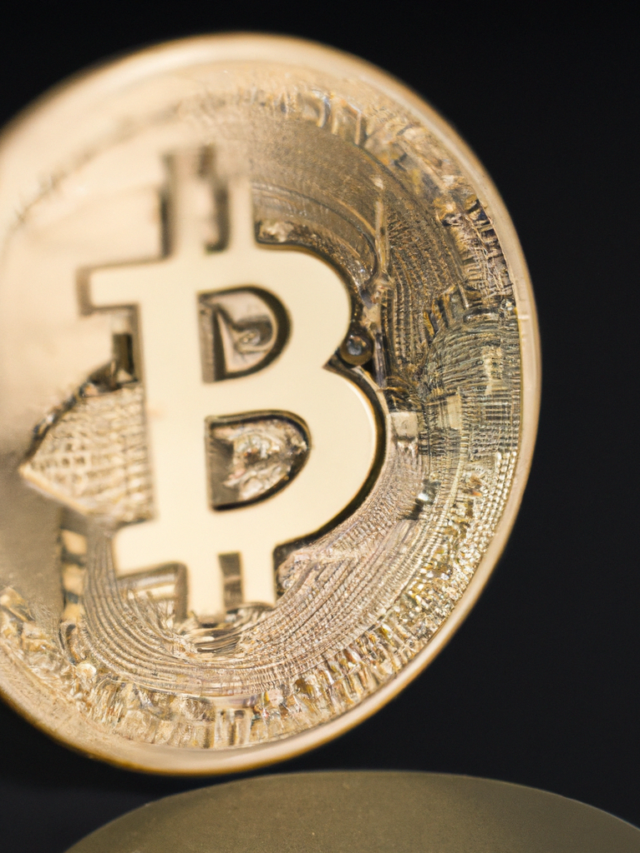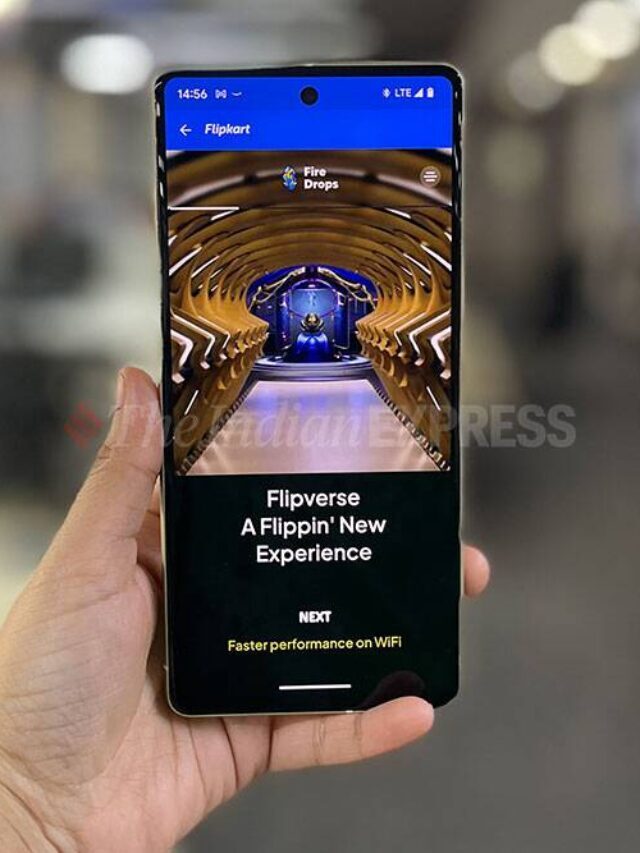Blockchain mining is the process of adding new transactions to a blockchain network and creating new blocks in the process. It is an essential part of the blockchain ecosystem, as it helps to maintain the integrity and security of the network. In this blog post, we will take a closer look at what blockchain mining is, how it works, and the different methods that are used to perform it.
The first thing to understand about blockchain mining is that it is a decentralized process. Unlike traditional mining operations, where a central authority is responsible for extracting and processing resources, blockchain mining is done by a network of users known as “miners.” These miners work together to validate new transactions and add them to the blockchain.
To perform blockchain mining, a miner must first compete to solve a complex mathematical problem. This problem is known as a “proof of work” (PoW) and is designed to be difficult to solve, but easy to verify. The miner who solves the PoW first gets to add the next block to the blockchain and is rewarded with a certain number of cryptocurrency tokens.
The process of solving the PoW is known as “hashing.” Miners use specialized software and hardware to perform this task. The software is used to run the PoW algorithm and the hardware is used to perform the actual calculations. The most common type of hardware used for blockchain mining is a graphics processing unit (GPU).
Once a miner has solved the PoW, they broadcast their solution to the rest of the network. Other miners then verify the solution and, if it is correct, they add the new block to the blockchain. This process is known as “consensus,” and it is what ensures that the blockchain is accurate and up-to-date.
The consensus mechanism used in blockchain mining is dependent on the type of blockchain. For example, in Bitcoin, the consensus mechanism used is called “proof of work” (PoW), while in Ethereum, it is known as “proof of stake” (PoS). PoW is more energy-intensive and requires miners to use powerful hardware to solve complex mathematical problems. On the other hand, PoS is more energy-efficient and allows users to validate transactions by staking their own cryptocurrency.
Once a new block is added to the blockchain, the miner who added it is rewarded with a certain number of cryptocurrency tokens. This is known as the “block reward.” In Bitcoin, for example, the block reward is currently 12.5 BTC, while in Ethereum, it is 2 ETH. These rewards are designed to incentivize miners to continue to participate in the network and ensure its security and stability.
In summary, Blockchain mining is the process of adding new transactions to a blockchain network by solving complex mathematical problems. Miners use specialized software and hardware to perform this task and are rewarded with cryptocurrency tokens for their efforts. The process of adding new blocks to the blockchain is done through a decentralized consensus mechanism, which helps to ensure the integrity and security of the network.
It is important to note that blockchain mining consumes a lot of energy and resources, and it has environmental and sustainability concerns. Many blockchain projects and researchers are working on solutions to make the process more energy-efficient and sustainable, such as using renewable energy sources, and alternative consensus mechanisms like PoS.
In conclusion, blockchain mining is a vital part of the blockchain ecosystem, and it is essential for maintaining the security and integrity of the network. It is a complex process that requires specialized knowledge and resources, but it also provides an opportunity for individuals and organizations to earn cryptocurrency rewards. As the blockchain technology and its applications continue to evolve, we can expect to see new innovations and developments in the field of blockchain mining.


One reply on “What is Mining in Blockchain?”
Good day! I just want to offer you a big thumbs up for your excellent information you have got here on this post. Ill be coming back to your blog for more soon.